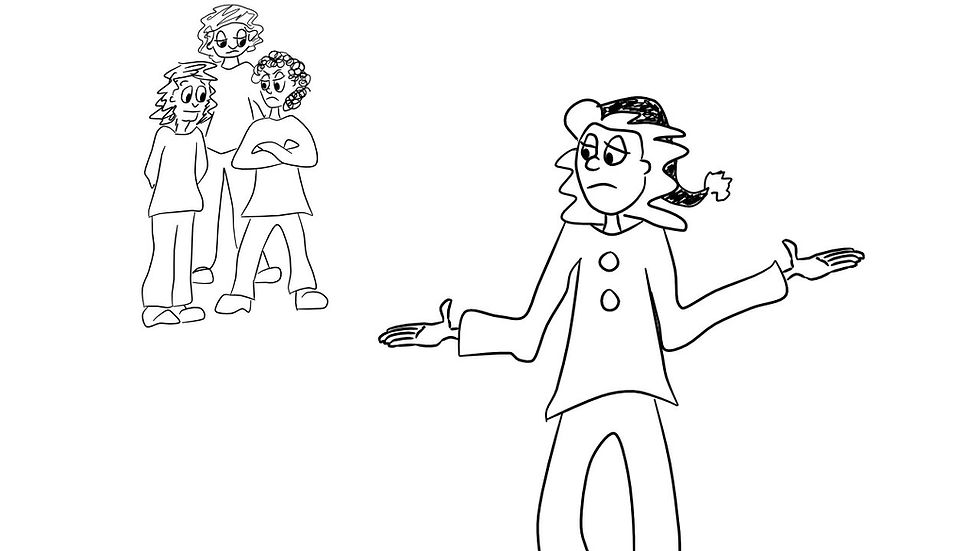Where is Your Healthy Challenge Threshold?
- Wenna

- Jan 5, 2020
- 2 min read

Many of my students struggle with taking risks. The fear of failure/judgement looms large. While this tends to link to lower levels of resilience, the flip side is that having healthy boundaries and respecting those boundaries is just as important. So where is the line?
As a group, we were trying to work through some of this. We began with trying to answer ‘when is it OK to quit?'
Student responses:
If it is damaging to you or others (physically, mentally)
There is no benefit to anyone in the activity
The cost in time means giving up something else that matters more
When is it not OK to quit?
To avoid new things
Just because it is hard or scary
Just because it is a lot of work
Just because your friends are not into it
There is some overlap here; hard work is seen as ‘good’ but a lot of time and potential sacrifice is seen as ‘bad’. I bring this up because it is a conversation worth having with your kids. See where they are at - they may not have put it into concrete terms before. Challenge them where you feel you need to.
‘How do you know when there is no benefit to an activity?’
We then went on to break down how to find your healthy threshold of challenge.
Healthy reasons to push through a challenge
There are no serious or long term negative physical impacts (even if it is difficult)
you know there will be a long term benefit
you are motivated (focused on something you value), even if you are scared
involves a clear goal
you know there is support when needed
you can make a realistic plan to overcome potential problems
involves some manageable stress
Common pitfalls to avoid
letting fear of failure or judgement get in the way
habit of avoidance
limiting yourself to things that your friends like
fear of change
Reasons to not push through a challenge
only focussed on other people’s standards and expectations
no support available when it might be needed
danger to self or others for no benefit
causes a level of stress that interferes with normal activities
A follow up to this activity would be to have your child look at what pitfalls they are most likely to fall into, and make a plan for overcoming them. For example:
Pitfall: ‘fear of failure and judgement’; trying out for a new sport
Countermeasures:
learn what you can about the activity first
practice privately/limit initial audience until some confidence is gained
practice positive self talk - call yourself out on negative self talk
build in small reward for each step towards the goal




Comments